Hydrangeas are low-maintenance plants, but sometimes problems can arise. For example, the leaves of your hydrangea might be turning black and falling off! If you notice this happening, don’t worry – we have some tips for restoring those beautiful flowers to their former glory.
Why Are My Hydrangea Leaves Turning Black?
Your hydrangea leaves are turning black because of overwatering, sooty mold, nutrient deficiency, or pests. These are the most common reasons for leaves to turn black. The exact cause will need to be identified to save your hydrangea.
I will now cover each of these potential causes in more depth. By the end, you’ll know what the problem is and how to save your plant.
1. Overwatering
Overwatering is the number one reason for leaves turning black and falling off a hydrangea plant. If you have been giving your plants too much water, stop doing that immediately! Too much water will lead to root rot, which is fatal for hydrangeas.
It is recommended to only add water when the soil feels dry. You can test this by using a moisture meter, stick, or even the old-fashioned method of sticking your finger in the soil.
If root rot is already present, then it’s advisable to prune the affected roots and dispose of them away from all other plants. Next, repot the hydrangea in fresh soil that drains easily.
The type of water is also important when it comes to watering hydrangea plants. It’s best to use rainwater, distilled water, or filtered water. This is because the chemicals standard tap water can severely damage hydrangeas over time.
2. Fungal Infection – Sooty Mold
If you see black dust on the leaves of your plant, this might be sooty mold. Sooty mold can often grow in response to excess sap that has built upon the surface of the leaf – thanks to mealybugs!
If there is too much sap, the airborne fungal spores will take hold. These spores are present everywhere – even in your home. But you can reduce the number of spores by regularly cleaning and monitoring the moisture levels.
Mealybugs can be difficult to get rid of, but you will have to deal with them before the sooty mold spreads throughout the plant. If you see white cotton-like substances on the stems or leaves, then it’s likely there is an infestation of mealybugs.
This sooty mold also blocks the light from reaching the leaves, which can result in the plant not getting enough sunlight to produce energy from photosynthesis.
In order to treat this problem of fungal growth, remove any infected leaves and spray a fungicide on the remaining foliage.
You can prevent it from happening again by monitoring the amount of humidity in the room, as mold thrives in humid environments that are lacking in air circulation. You should also regularly inspect the plant for signs of pests that are leaving sap on the leaves.
3. Nutrient Deficiency
Hydrangeas are large plants that need plenty of nutrients to thrive, but if they don’t get enough nutrients, this can lead to nutrient deficiency and blackened leaves.
You should fertilize your hydrangea every two weeks with a 20-20-20 NPK fertilizer during late spring through the summer months.
If this doesn’t seem to be working, you can up the frequency of fertilization to once a week. However, it is important not to overdo it as too much fertilizer will damage your hydrangea!
4. Pests
Finally, if no other problems have been identified and there are many blackened leaves, you might have a pest that is causing the damage. These pests could be aphids, scale insects, or mealybugs.
You can treat this problem by pruning away any dead leaves and then spraying your plant with an insecticide solution in order to kill off any remaining pests on the hydrangea’s branches.
Black Hydrangea Leaves FAQ
I will now cover some frequently asked questions about why the leaves of your hydrangea might be turning black.
Why do my hydrangea leaves look burnt?
This happens when your hydrangea has been exposed to too much sun or if they haven’t been given enough nutrients.
Should I cut off black hydrangea leaves?
Yes, prune away any dead leaves so the plant can focus its energy on growing new ones. This will improve the health of your hydrangea and make it look more visually appealing.
How do I get rid of hydrangea fungus?
Fungus can be treated with a fungicide and it might need to be applied preventively as well. You should also remove any infected leaves before the fungus has time to spread. My favorite fungicide is neem oil (Amazon link) as it is organic and works well for a variety of different plant types.
Will black hydrangea leaves turn green again?
No, the hydrangea leaves will remain black for the rest of their life cycle. They will eventually fall off and be replaced with new green ones. Well, if you give the correct care and attention to your hydrangea.
Conclusion
I hope this article has helped you identify why your hydrangea is suffering from blackened leaves, and what you can do about it!
If I could leave one tip for readers wanting to save their hydrangeas, it would be that hydrangeas are heavy feeders and need a lot of nutrients to thrive. So if you want your hydrangeas to stay beautiful, provide them with plenty of food!
Remember: the most common causes for blackened leaves on this plant are overwatering, sooty mold, nutrient deficiency or pests! By identifying which one is affecting your plant’s health you can take the appropriate steps to heal your plant. If you have any questions feel free to leave a comment!
Tim is an avid gardener from the UK. He was the founder of PlantCarer.com from 2021 to Sep 2023. He sold PlantCarer.com to Aaron. He has since started his own business called Seed To Supper, which provides new gardeners all the materials you need in a box (pots, seeds, compost and instructions) to grow your own delicious and nutritious vegetables and herbs from start to finish – no garden required.



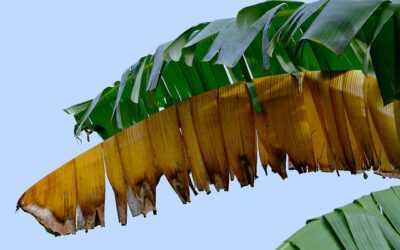

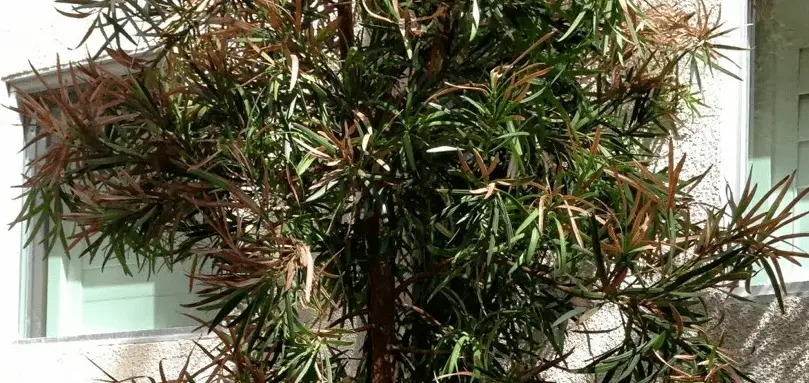
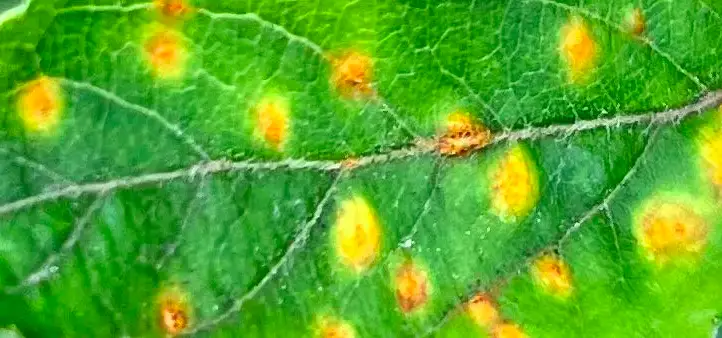
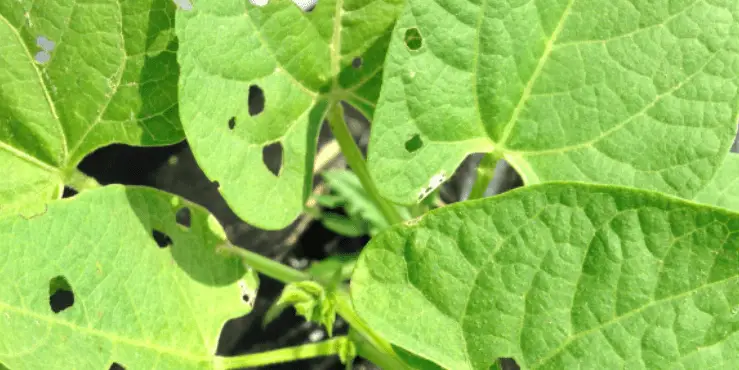
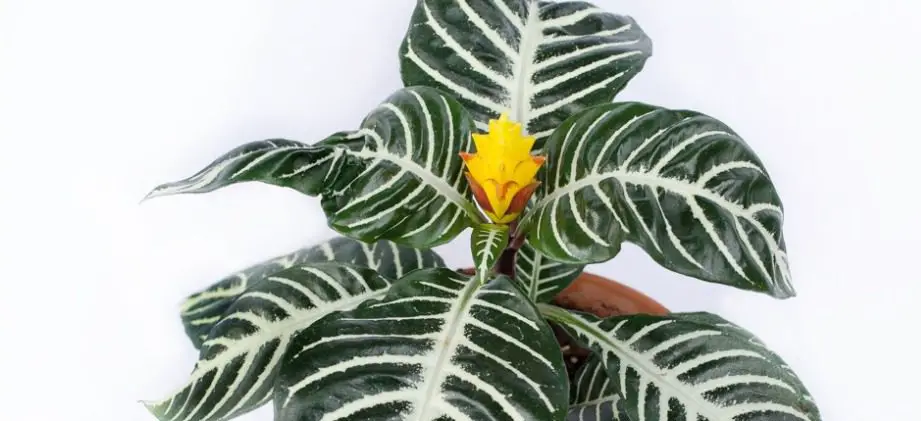

0 Comments